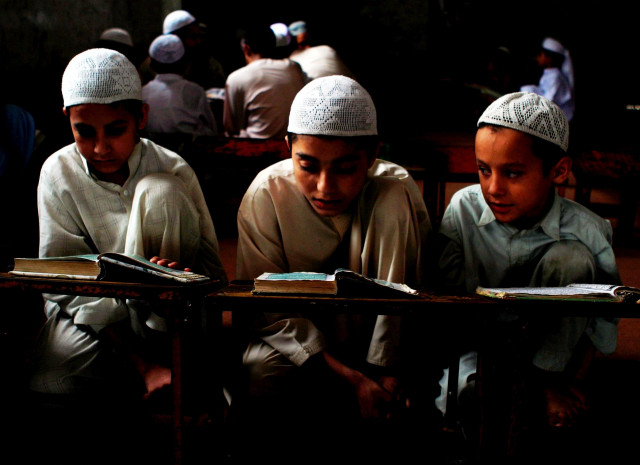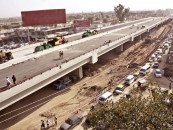Illiterate students
While the report identifies teacher absenteeism as a major problem, teaching methods are also an issue.

The Annual Status of Education Report 2011, based on a survey by the South Asia Forum for Education Development, found that only 41.8 per cent of children between the ages of 5-16 can read a sentence in Urdu or their regional language, while merely 25.8 per cent of those assessed are able to read a sentence in English. Even at class five level, 52.6 per cent of children cannot read class two level stories in Urdu or their mother tongue; and 59.4 per cent cannot read class two level sentences in English while 62.7 percent cannot do three-digit division. A total of 146,874 children in 2,502 villages and 97 urban blocks were covered by the survey.
Shocking as the findings are, they do not come across as a major surprise. ‘Literacy’ has long been assessed by the ability to sign ones name — a largely meaningless exercise, while volunteers who work at government schools report a frightening number of children who simply cannot read even after five years or more of schooling. While the report identifies teacher absenteeism as a major problem, it is also true that teaching methods are an issue. Rote-learning means that there is no grasp of the actual means to read, while curriculum design at the primary level is so bad that children have problems moving from one stage of reading to the next. Inadequate teacher training and poor motivation adds to the crisis. This is a disaster that needs to be addressed urgently and without attempting to turn away from it.
Published in The Express Tribune, January 28th, 2012.













COMMENTS
Comments are moderated and generally will be posted if they are on-topic and not abusive.
For more information, please see our Comments FAQ